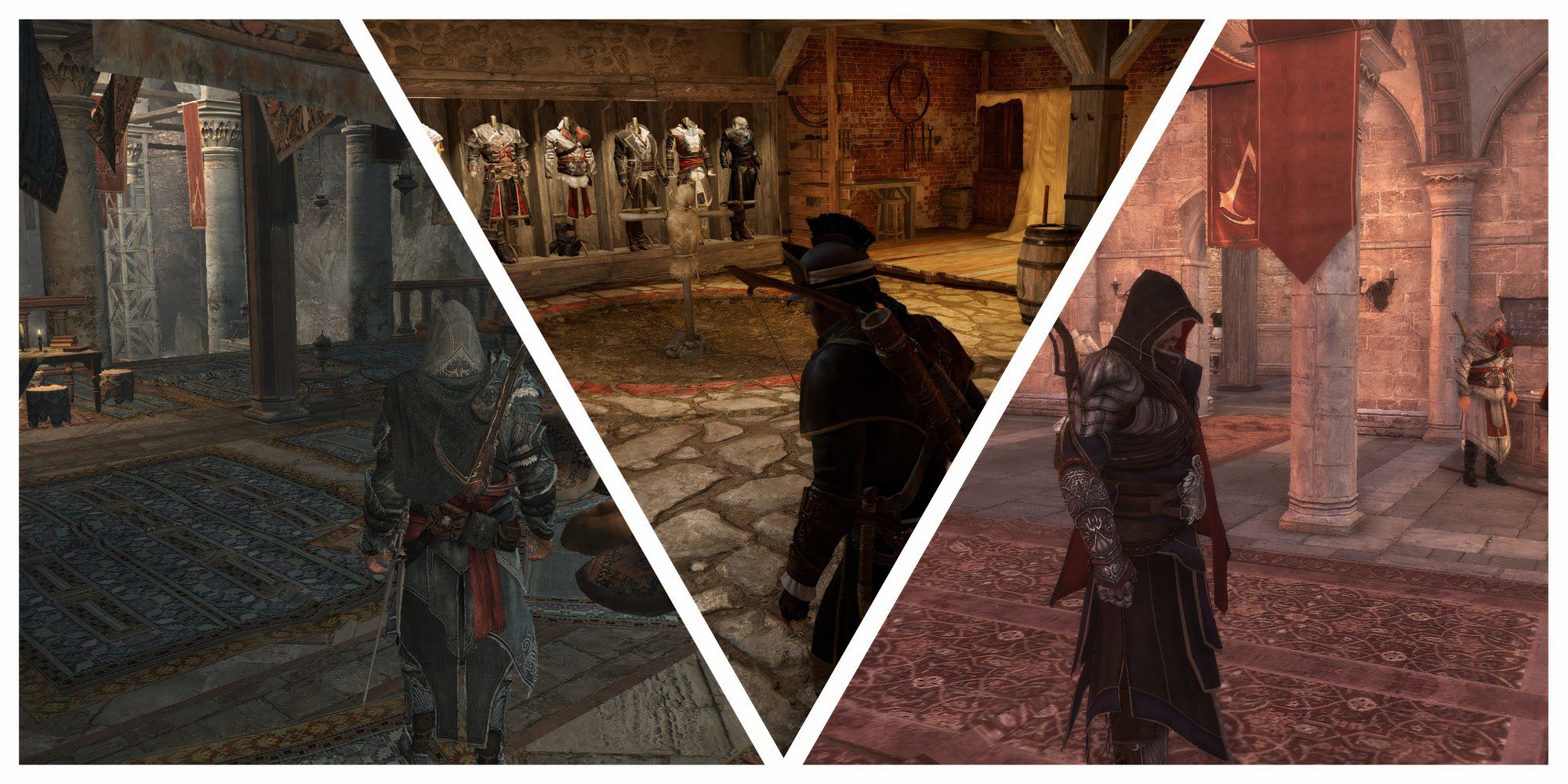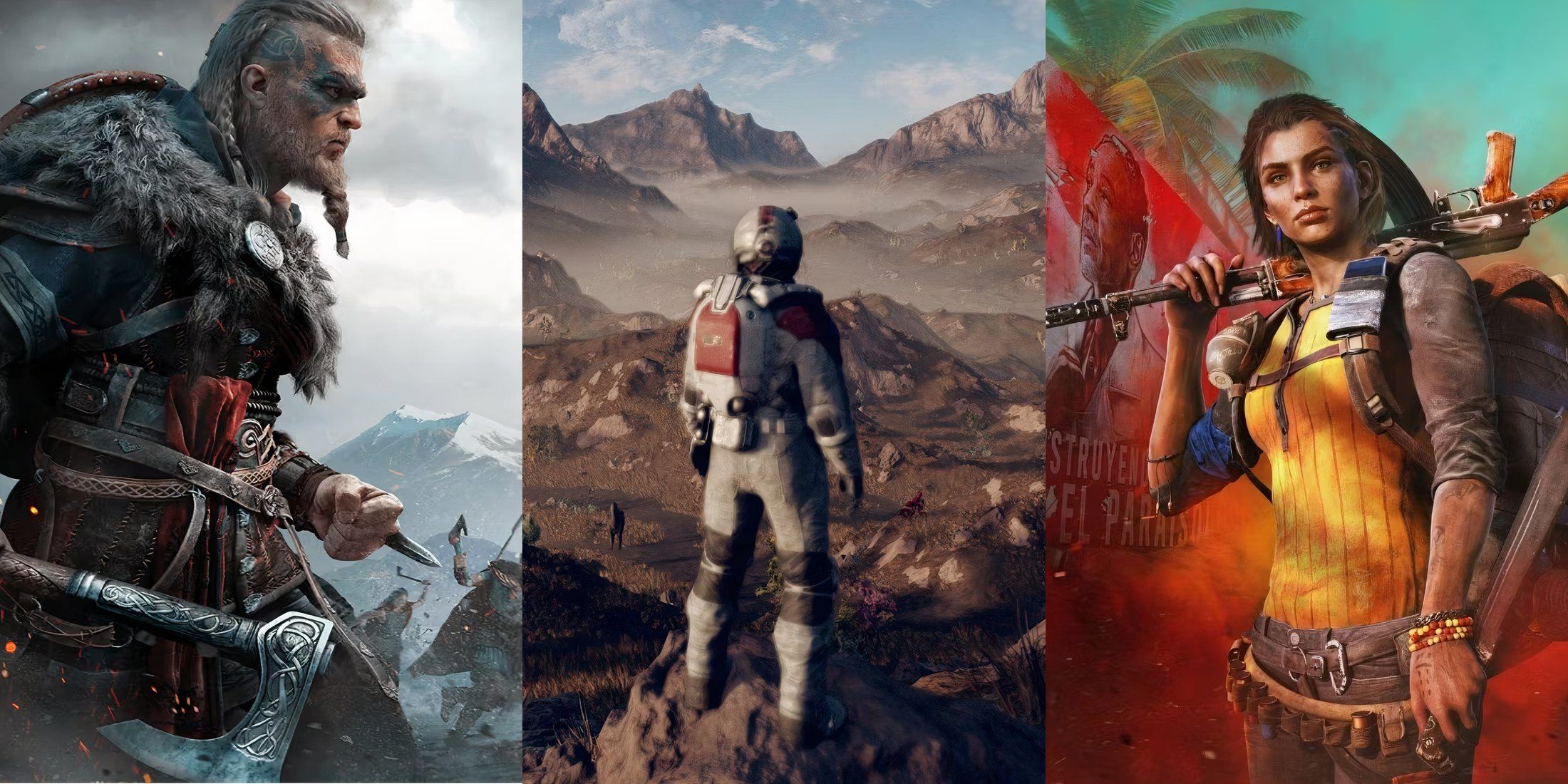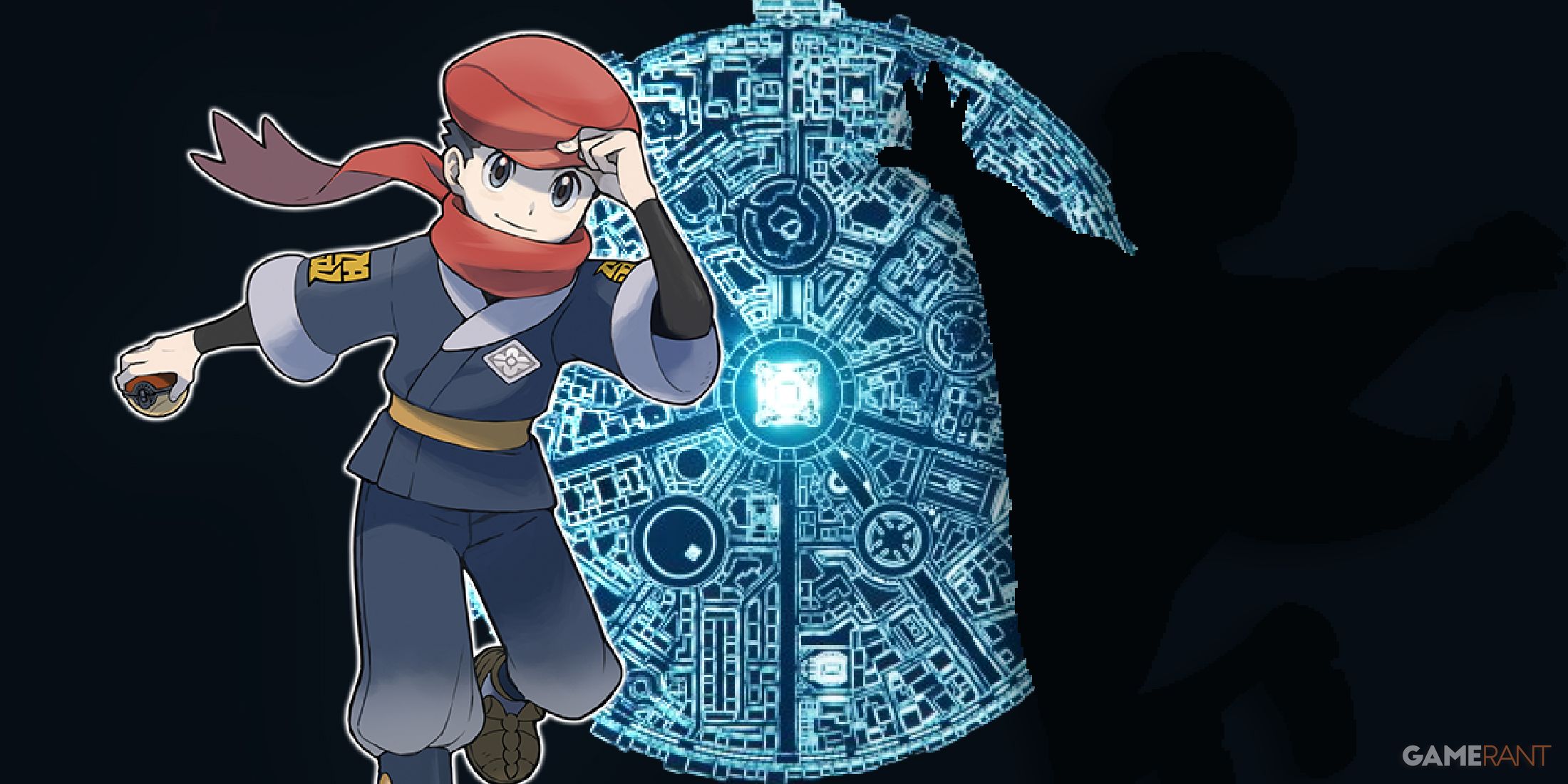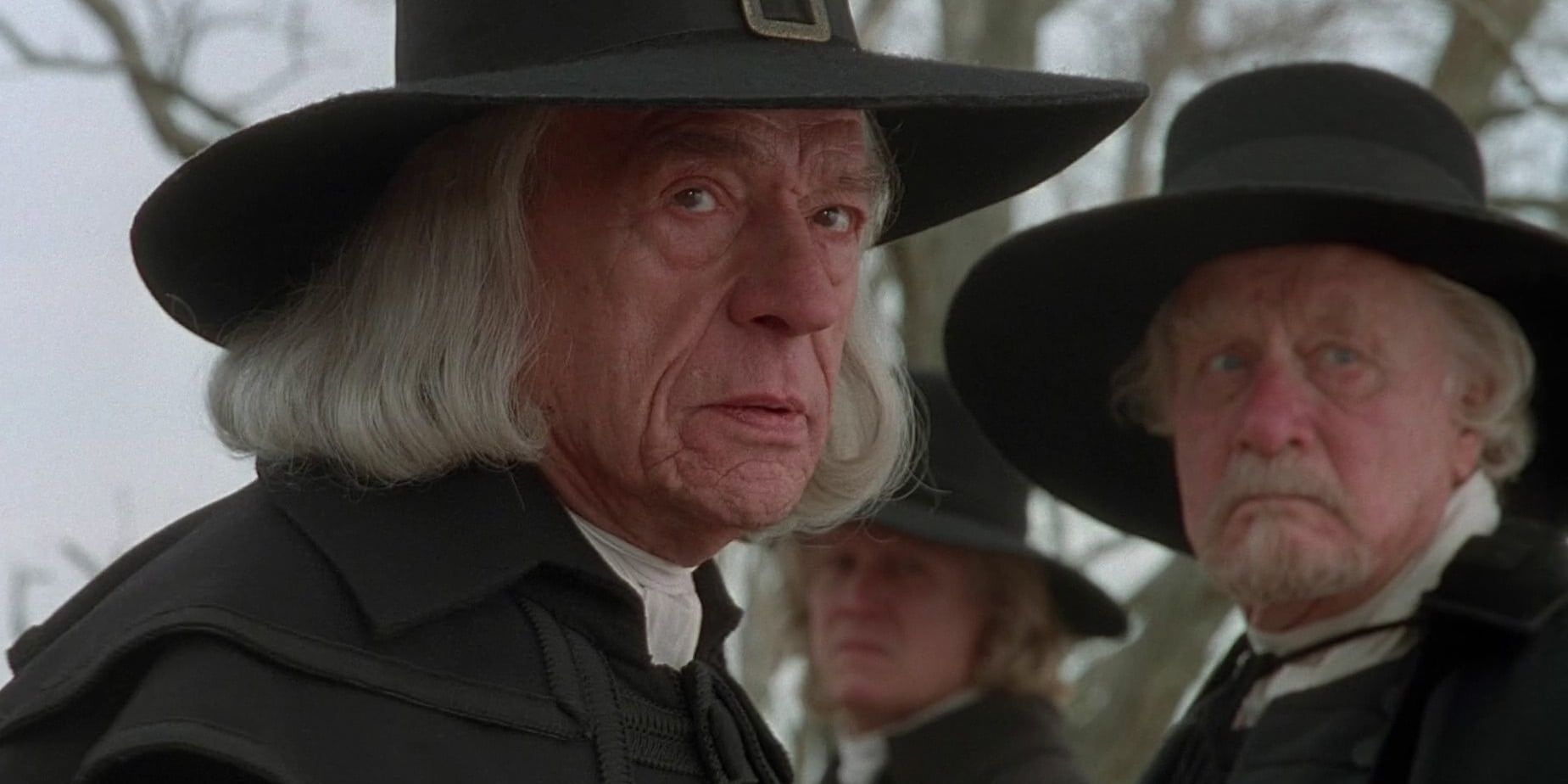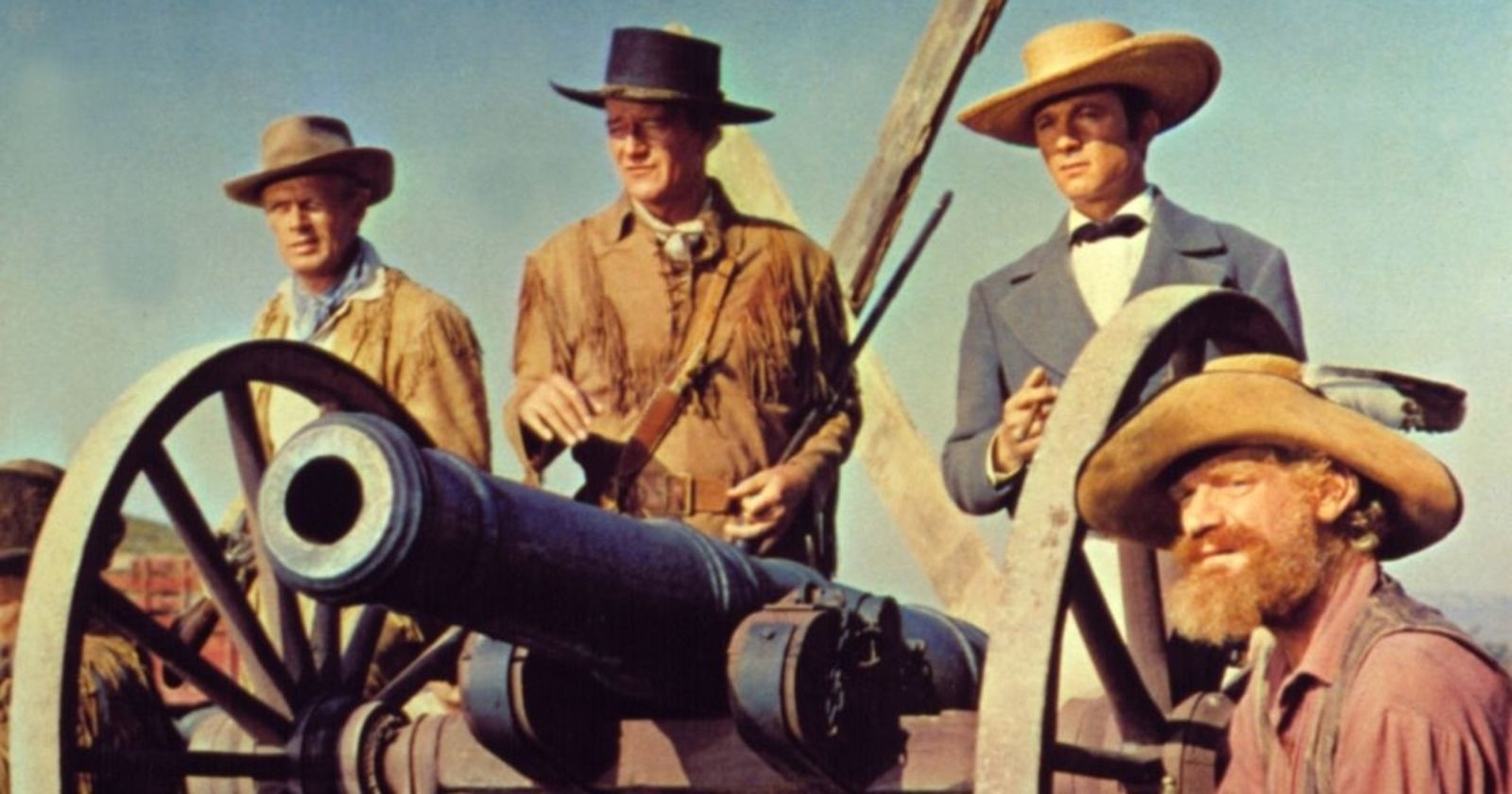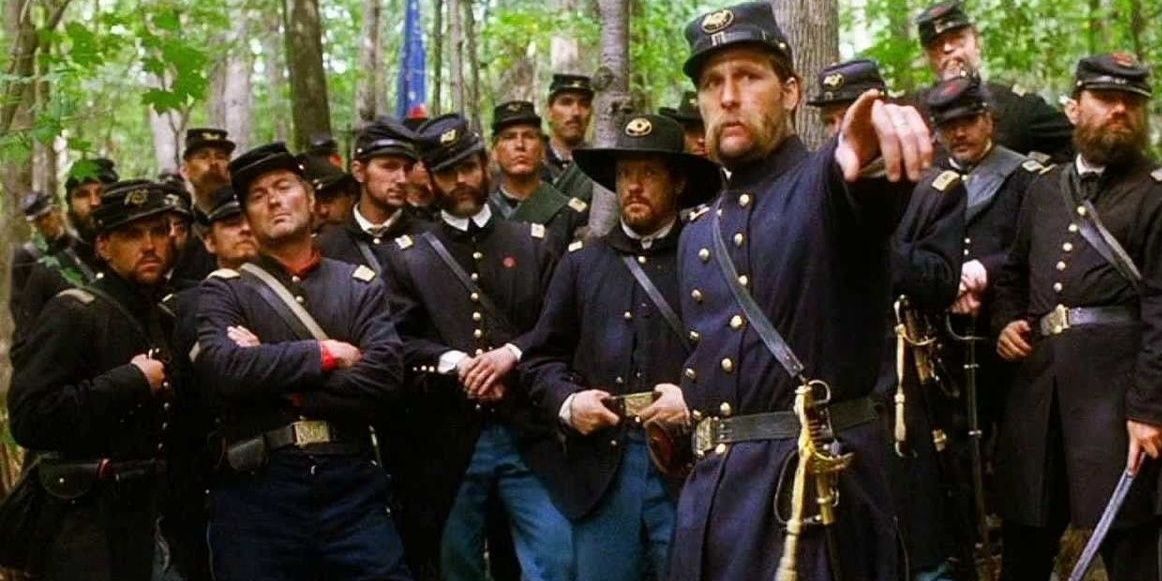The Assassin's Creed series has become well-known for its detailed reconstructions of historical settings. The original game took place during the Crusades, and was followed by a successful trilogy set in the Renaissance. And then for a while the series moved to Colonial America. Assassin's Creed III brought players into the American Revolution, Liberation explored the role of slave-trading in American history, Black Flag explored the Caribbean during the Golden Age of Piracy, and finally Rogue entered Eastern Canada for the Seven Years War.
The series has since tried to move out of American history, perhaps not unjustifiably. Origins and the upcoming Mirage both indicate efforts to make the series less Amero/Eurocentric, to their credit. But if the series ever wanted to return to American history, there is a lot more to cover that could form the basis for an interesting game.
6 Pre-Colonial America
When we hear "American history" it is a common instinct to think of events after the arrival of Mayflower in 1620. But while that might mark the beginning of American colonial history, American history technically goes well before that. After all people were living in what is now America long before Europeans arrived. Assassin's Creed previously tried to explore Native American culture in III and one section of Valhalla, but a game set in pre-colonial America could place it front and center-preferably with a more interesting protagonist than Connor. This would be a great way to reintroduce a somewhat familiar location while still offering something outside a colonial worldview.
While this setting would presumably be out of reach for the Assassins and Templars, it could still connect thematically with the other games. This approach previously worked with Odyssey, which took place before either faction was properly established. The premise of freedom vs. control is a universal theme, and it would not be hard to imagine some sort of Templar-like faction making an appearance. III, Black Flag, and Valhalla all clearly show there are in fact Isu artifacts in North America, so bringing them in would also tie it to the other games.
5 Salem Witch Trials (1692-1693)
Long before the American Revolution, the future country was colonized by English Puritans. Contrary to what would later be specifically stated in the Constitution, these settlers wanted to create a Christian nation- specifically a Puritan Christian Nation. Instituting Puritanism as a state religion led to a lot of problems, but it came to a head in 1692 in the town of Salem. Thanks to a series of events filtered through a Puritan worldview, the townsfolk became paranoid of witches living among them. People, especially those considered outsiders, were forced into kangaroo courts where they were automatically guilty. Everyone was turning on each other, accusing one another of practicing witchcraft to escape the gallows.
This actually sounds like the type of situation that the Templars would be interested in exploiting, if not directly inciting. Control through fear and superstition is nothing new to them, nor would it be the first time they saw chaos as an acceptable means to an end. They might even be interested in using the trials as a means of rooting out and eliminating assassins.
4 Texas Revolution (1835-1836)
After gaining independence from Spain, Mexico had a largely uncolonized area called Texas. They began selling the land for cheap to Americans who eagerly accepted. Unfortunately, things took a dark turn when the Mexican government was hijacked by the dictator Antonio López de Santa Anna, a tyrant whose oppression quickly incited rebellion. But the fighting became particularly heated in Texas, which began to have ideas about its own independence. Despite their initial successes, Santa Anna's forces were eventually overpowered, and he was captured. Texas briefly became an independent country before being annexed by the United States.
This particular conflict would provide some moral ambiguity with regard to the Assassins. They would naturally oppose Santa Anna as a leader, but the Texians don't completely have the moral high ground either - many of them were from slave states and rebelled because of Mexico's anti-slavery laws. This could lead to an approach similar to III's treatment of the American Revolution, which tried to call into question the traditional view of the colonists as the "good guys" despite being allied with the player.
There would of course be several major figures and events to depict. Aside from Santa Anna, there would also be the major players on the American side. That includes general Sam Houston, Jim Bowie, William Traviss, and the legendary frontiersman Davy Crockett. And of course it would have to include the famous Battle of the Alamo. With Assassin's Creed's reputation for thoroughly researching its events, it could also offer a new take on the so-called "Thirteen Days of Glory" that is perhaps a bit more realistic than other often-romanticized depictions.
3 American Civil War (1861-1864)
In 1861, deeply-rooted tensions between the Northern and Southern United States reached a breaking point. Many in the north wanted to end slavery in America, which was sharply opposed by Southern slave owners. Over time, an increasingly radicalized South began to get ideas about secession, leading them to establish the Confederate States of America. This action led to a brutal war that famously turned Americans against each other. After four years of bloodshed, the Confederacy was finally defeated by the Union army, but not without leaving an impact still felt today.
An Assassin's Creed game set in the American Civil War would have plenty of options for historical figures and events. Major leaders would obviously have to make an appearance. They would have to show Ulysses S. Grant and Robert E. Lee. They could have appearances by famous generals like Stonewall Jackson on the South and Joshua Lawrence Chamberlain in the north. And of course President Lincoln would need to appear somewhere. But more interesting would be to incorporate the theme of division into the plot. A story about division among the Assassins and/or the Templars would be quite fitting to a Civil War setting.
A Civil War game could also take advantage of the series' modern-day portions to explore its impact. After all the Confederacy did not simply disappear after it was defeated, and in fact continued to leave a lasting legacy through later white supremacist movements. Exploring that legacy would be a good way to tie the modern and historical portions together.
2 Wild West (Late 19th Century)
The American Wild West has become so iconic it inspired an entire genre - the western, a complicated genre that has thrived across film, television, literature, and video games. However, an Assassin's Creed game would have one thing going for it that your average John Wayne western does not: in-depth research into actual history. The popularity of the western genre has led to this period being heavily mythologized. Even real historical figures and events are often heavily exaggerated. Take, for instance, the famous Gunfight at the O.K. Corral. The Hollywood version usually depicts Wyatt Earp as a heroic lawman standing up to injustice. An Assassin's Creed game could depict something closer to the real Wyatt Earp and the actual fight, which did not even happen at the O.K. Corral. The same could be said for other western icons like Billy the Kid.
The success of Red Dead Redemption 2 already shows there is a market for a gripping open-world western game, and Assassin's Creed could certainly deliver. Aside from being able to depict real-life western icons and a more realistic interpretation, an open desert filled with small towns could make a great environment to explore.
1 American Indian War
Technically the American Indian Wars began in 1608 and continued until 1904, with some of it being depicted in Assassin's Creed3. But the term "American Indian War" is commonly associated with a series of post-Civil War conflicts between the United States government and various Native American tribes, mostly over land. Unsurprisingly, the American government had once again decided to start driving indigenous people off their lands, so they could be claimed by white settlers. Many of the affected tribes were not particularly happy about those decisions and fought back. The result was a military campaign of genocide fueled by American ideas about their "manifest destiny" to conquer the west.
The obvious historical figure to include would be General George Armstrong Custer, who could probably make a good Templar antagonist. It does not seem hard to imagine him exploiting the conflict in pursuit of an Isu artifact. Naturally that would also mean the game would have to include a reconstruction of Custer's Last Stand. But there is a lesser-known figure who would make an even more interesting candidate for the assassins. The legendary Native American warrior Lozen was said to have had almost superhuman powers including heightened senses, visions, and an uncanny ability to predict enemy movements. These are abilities that sound conspicuously like Eagle Vision.
Assassin's Creed Mirage is planned for release in 2023 for PC, PS4, PS5, Xbox One, and Xbox Series X/S.

